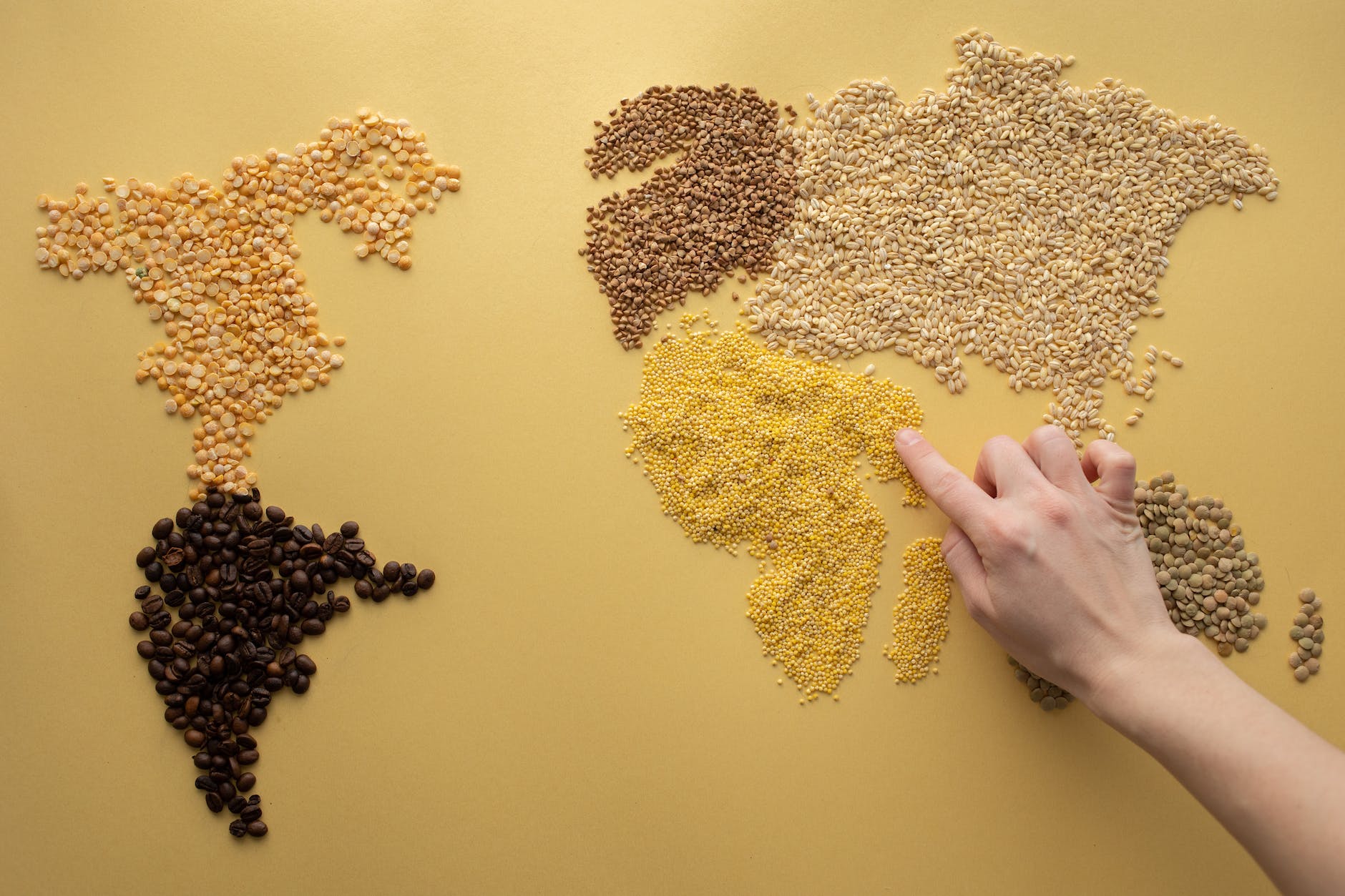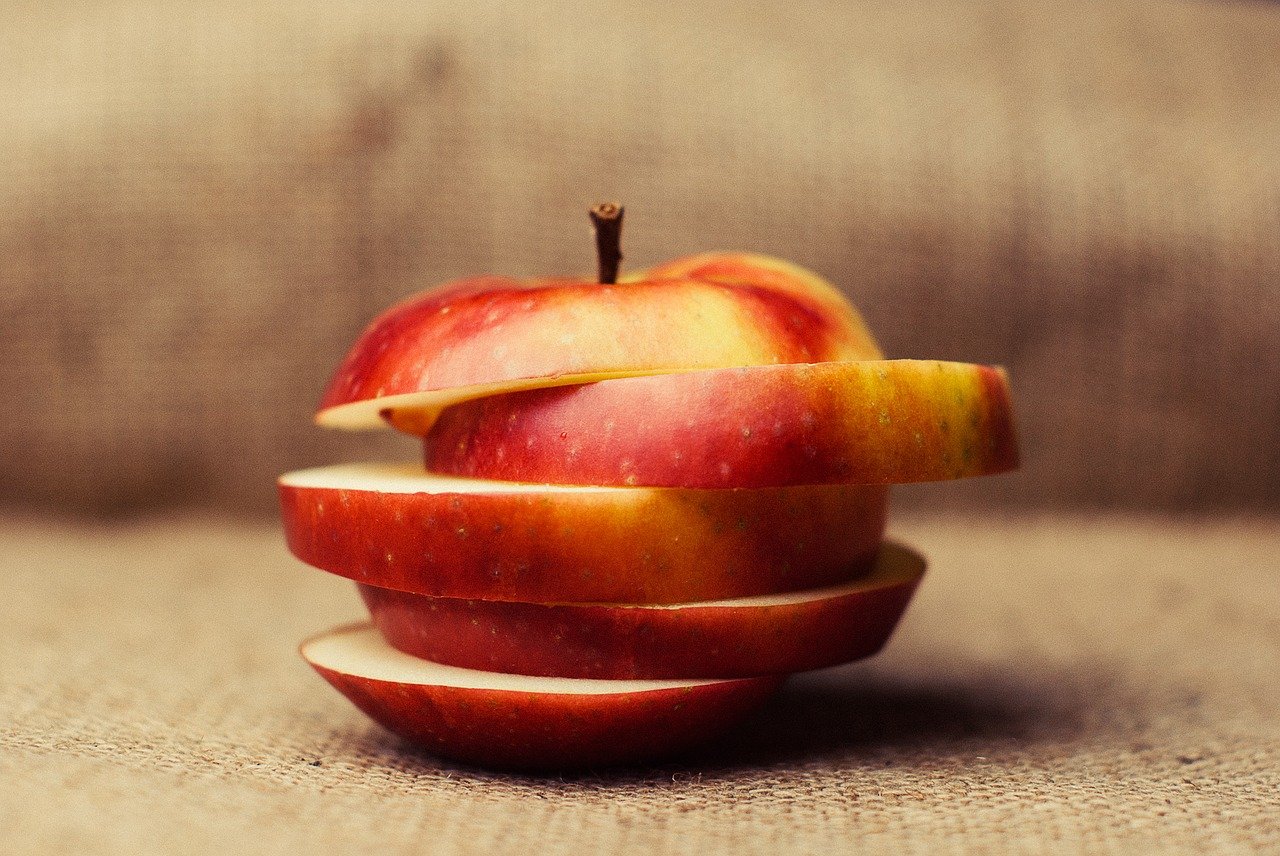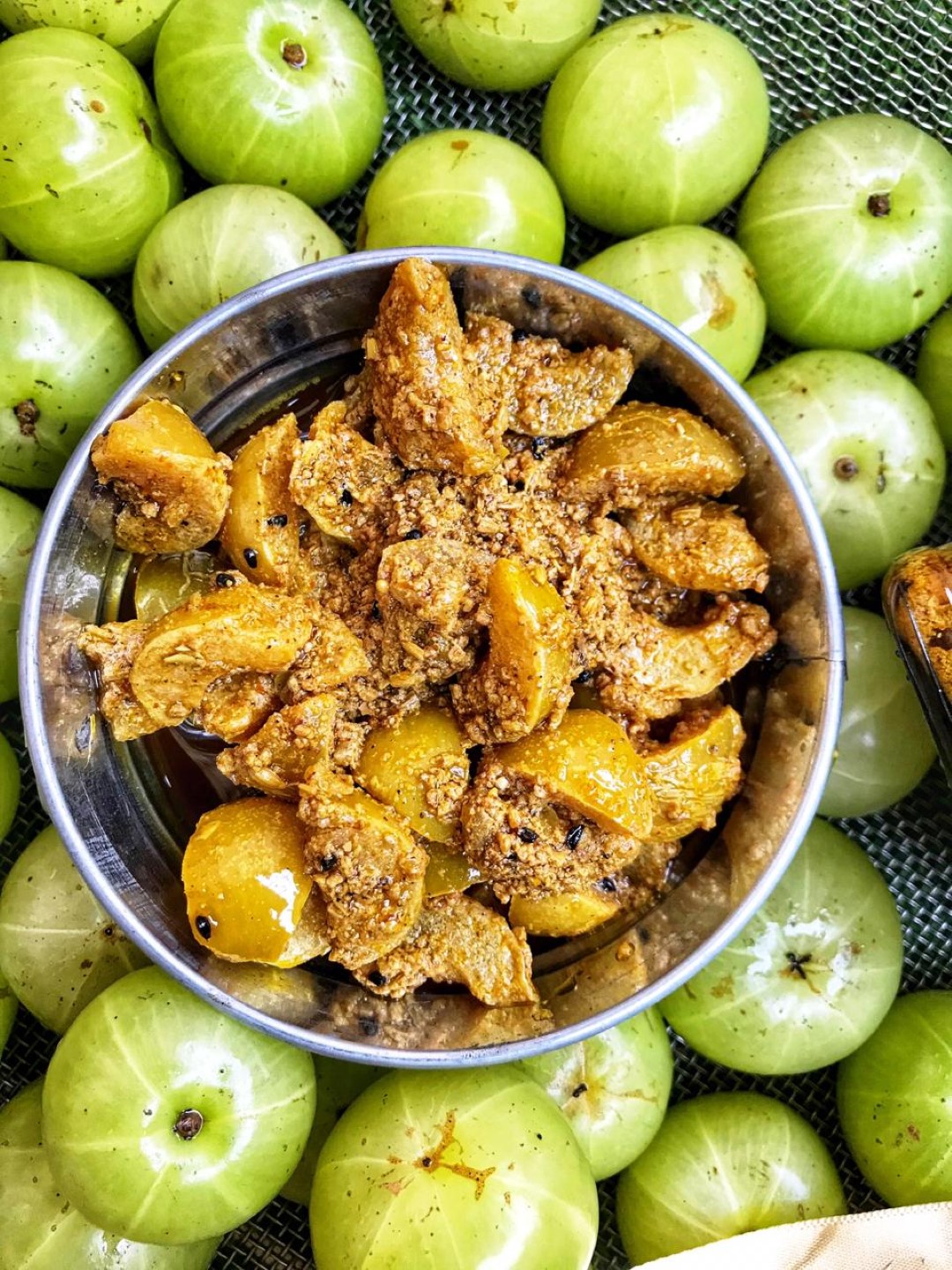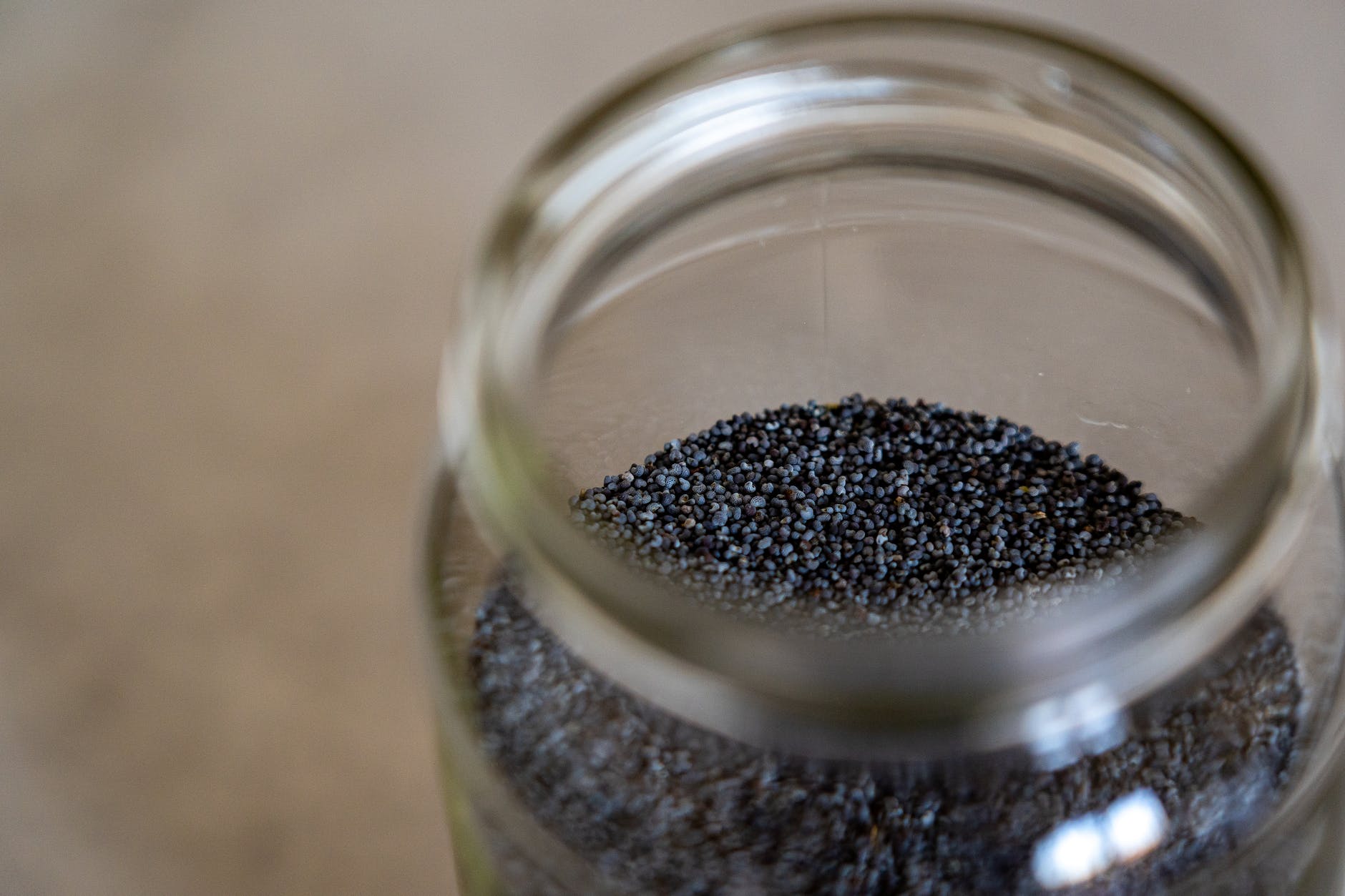
Hey there, keto enthusiasts! Today, we’re diving deep into the world of besan, also known as chickpea flour, and exploring its role in the ketogenic diet. Besan is a versatile and nutrient-packed flour made from ground chickpeas, and it has gained popularity in various cuisines around the world. Join us as we uncover five important facts about besan and how it can fit into your keto lifestyle. Get ready to embrace the goodness of besan while staying on track with your keto goals. Let’s dive in! 🌱🥣
1. Low in Carbohydrates: One of the primary concerns when following a ketogenic diet is the carbohydrate content of foods. The good news is that besan is relatively low in carbohydrates compared to traditional wheat-based flours. While regular all-purpose flour contains around 76 grams of net carbs per 100 grams, besan contains approximately 35 grams of net carbs per 100 grams, making it a viable option for those on a keto diet when consumed in moderation. By incorporating besan into your keto recipes, you can enjoy its unique taste and texture without compromising your macronutrient goals.
2. High in Protein and Fiber: Besan is not only low in carbs but also a great source of plant-based protein and dietary fiber. With around 22 grams of protein and 10 grams of fiber per 100 grams, besan can help keep you feeling full and satisfied, which is essential for managing hunger and supporting weight loss on the keto diet. Protein plays a vital role in muscle repair and growth, while fiber promotes healthy digestion and helps maintain stable blood sugar levels. Incorporating besan into your keto recipes allows you to boost your protein intake while enjoying its numerous health benefits.
3. Gluten-Free Alternative: For individuals with gluten sensitivities or those following a gluten-free diet, besan is a fantastic alternative to wheat-based flours. Being naturally gluten-free, it offers a safe and nutritious option for those who need to avoid gluten while still enjoying a variety of delicious dishes. Whether you’re baking bread, making pancakes, or creating savory snacks, besan can be a game-changer in gluten-free cooking. Its unique flavor and texture can add a delightful twist to your favorite recipes while ensuring they remain gluten-free and keto-friendly.
4. Versatility in Recipes: Besan’s versatility allows it to be used in a wide range of keto-friendly recipes. It can be used as a binding agent, thickener, or primary ingredient in dishes like keto-friendly flatbreads, pancakes, fritters, and even desserts. The nutty flavor and smooth texture of besan add a unique touch to these dishes, making them both flavorful and satisfying. Whether you’re craving a savory or sweet dish, besan can be your go-to ingredient in the keto kitchen.
5. Nutritional Powerhouse: Besan is not only low in carbs but also rich in essential nutrients. It contains significant amounts of iron, magnesium, potassium, and B vitamins, which are crucial for maintaining overall health and vitality. Iron supports healthy blood oxygenation, magnesium promotes proper nerve and muscle function, potassium helps maintain electrolyte balance, and B vitamins are essential for energy production and metabolism. By incorporating besan into your keto meals, you can provide a nutrient boost and help meet your daily nutritional requirements.
Incorporating Besan into Your Keto Routine 🌱🥣
Now that we understand the benefits of besan, let’s explore some practical ways to incorporate it into your keto routine:
- Keto-Friendly Flatbreads: Whip up a batch of besan-based flatbreads by combining besan with water, salt, and spices of your choice. Cook them on a non-stick skillet to create a delicious and satisfying bread substitute that pairs well with keto-friendly dips and spreads. Enjoy these flatbreads as a side dish or use them as a base for your favorite keto sandwiches and wraps.
- Savory Pancakes: Create savory besan pancakes by mixing besan with water, eggs, and a selection of vegetables and herbs. Cook them on a griddle until golden brown, and enjoy these protein-packed pancakes as a savory breakfast or a quick lunch option. Top them with avocado, smoked salmon, or a dollop of Greek yogurt for added flavor and nutrition.
- Keto-Friendly Fritters: Prepare crispy besan fritters by combining besan with chopped vegetables, spices, and herbs. Fry them until golden and enjoy these flavorful fritters as a tasty snack or as a side dish with your main meal. Serve them with a side of keto-friendly dipping sauce or enjoy them on their own.
- Thicken Soups and Sauces: Use besan as a natural thickening agent for keto-friendly soups and sauces. Its ability to create a creamy and smooth texture adds depth and richness to your culinary creations. Add a tablespoon or two of besan to your soup or sauce and simmer until thickened. You’ll be amazed at how besan can transform the consistency and flavor of your keto dishes.
- Keto-Friendly Desserts: Explore besan-based desserts that are compatible with your keto lifestyle. From besan ladoo (sweet chickpea flour balls) to besan halwa (chickpea flour pudding), there are delightful options that can satisfy your sweet cravings while keeping you in ketosis. These desserts often incorporate ingredients like ghee, low-carb sweeteners, and aromatic spices to create a guilt-free indulgence that aligns with your keto goals.
In Conclusion: Embrace the Goodness of Besan on Keto 🌱🥣
Besan, also known as chickpea flour, offers a range of benefits and can be a valuable addition to your ketogenic diet. With its low carbohydrate content, high protein and fiber content, gluten-free nature, versatility in recipes, and nutritional richness, besan provides a nutritious and delicious alternative to traditional flours. By incorporating besan into your keto routine, you can enjoy its unique flavor and reap the numerous health benefits it offers. Remember to incorporate besan into your keto meals in moderation, be mindful of portion sizes, and balance it with other keto-friendly ingredients to ensure a well-rounded and satisfying meal plan. Embrace the goodness of besan and enjoy the flavors it brings to your keto journey! 🌱🥣












